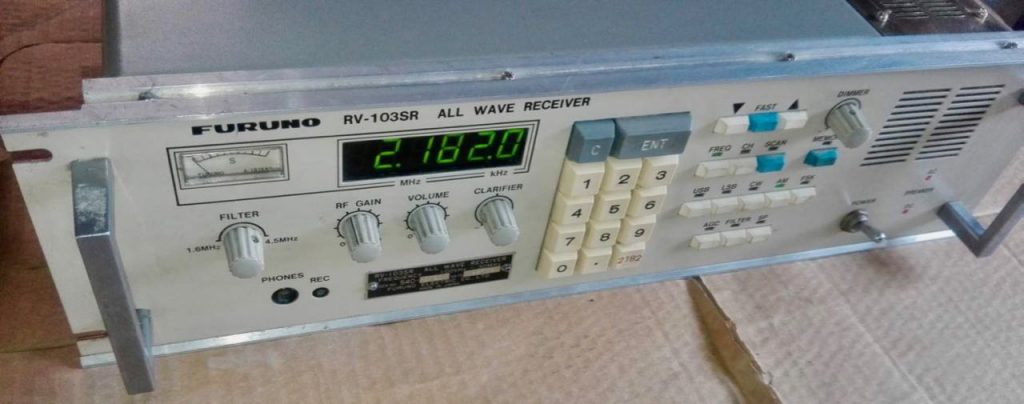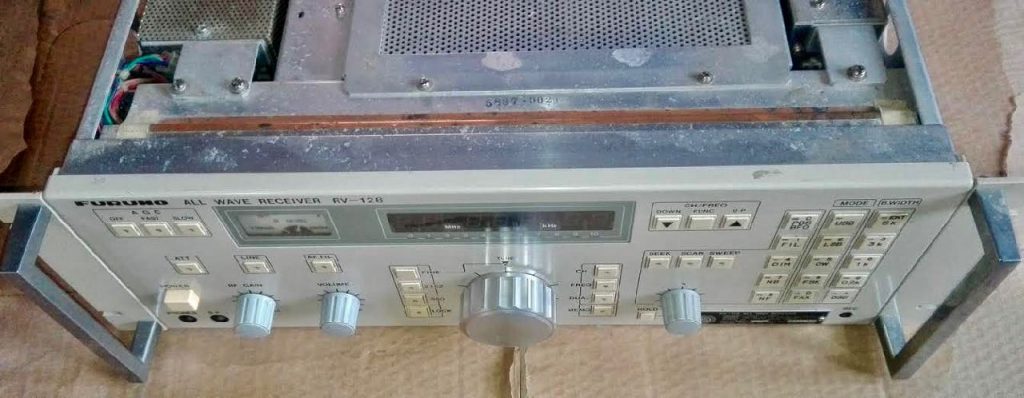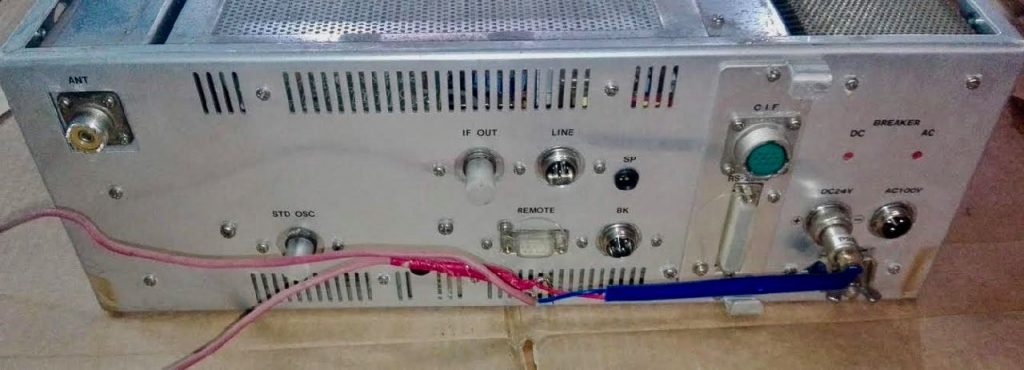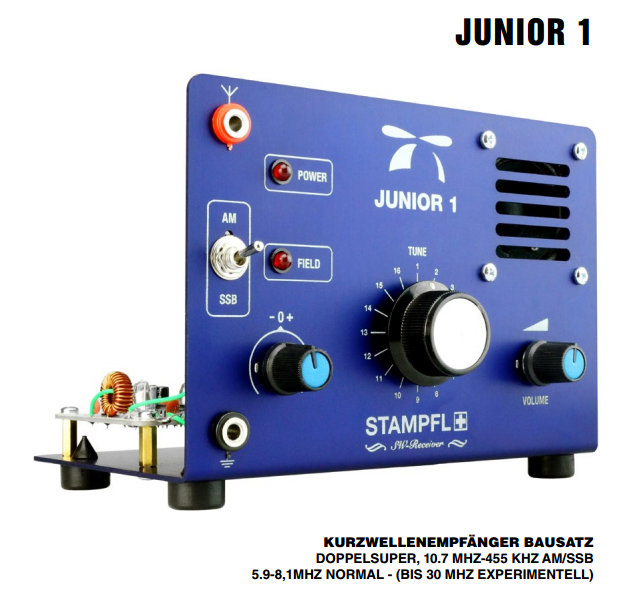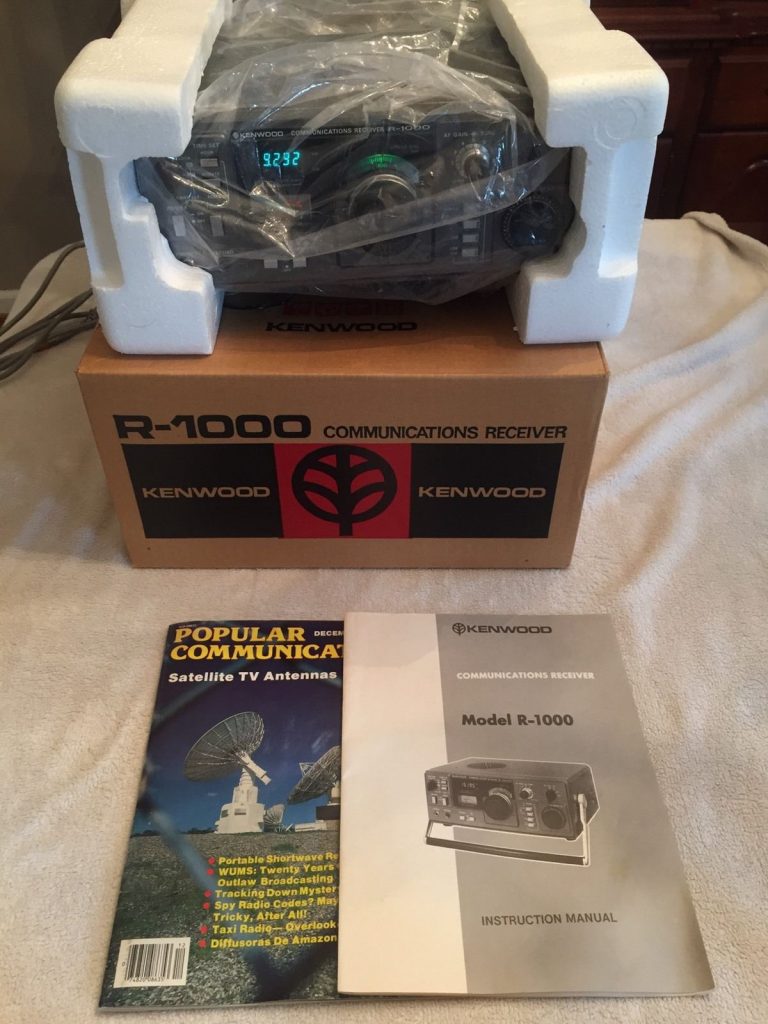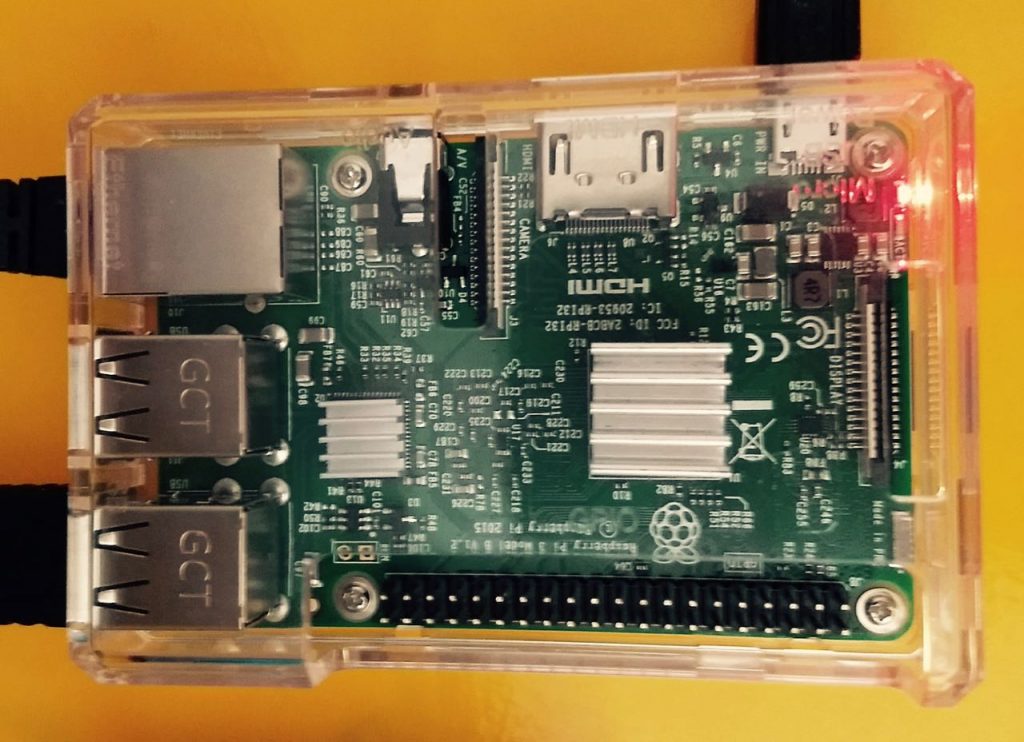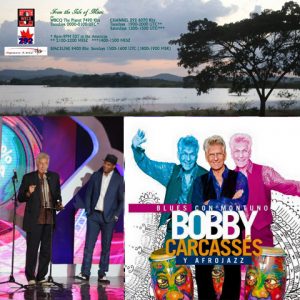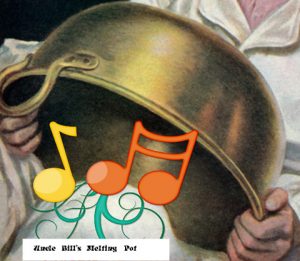Many thanks to SWLing Post contributor, Dan Robinson, who shares the following regarding a Furuno RV-103SR marine receiver he discovered on eBay:
Recently, I came upon two great rarities in the world of receivers.
Furuno is a Japanese company known for maritime equipment, and is featured on one or two pages of the Osterman receiver directory. Two of these rare receivers came up on eBay, both located in an Asian location.
The Furuno RV-103SR and RV-128 are beautiful animals, and both receivers appear(ed) to be in good condition, obviously taken from ships, likely as part of tear downs in a shipyard.
There is very little information online about Furuno. One Japanese blogger did a review of the RV-128. And a guy in Republic of Srpska got to use the RV-128 which was installed on a giant oil tanker, during a trip he made as a navigator way back in 2002 (see the story at http://www.qsl.net/e78cb/mmstory.htm).
Here’s the link for the Japanese blogger (use Google translation to read it) http://blog.livedoor.jp/kerokeronyororo/archives/60986163.html).
In my correspondence with him, Fred Osterman notes that the RV-103SR variant was not known to him, and likely stands for rack mount. And Fred says he never saw these receivers in the flesh, and never saw one offered on the used market, “a rare bird” indeed. For those interested, Furuno equipment is on page 216 of Fred’s massive and excellent receiver book.
The appearance of these beautiful radios, and similar ones, again demonstrates the kind of equipment that is popping up in Ebay and other locations. We have seen numerous JRC marine receivers become available, many of them also former ship receivers. Anyone interested in these should ask the usual questions about condition, ask for photos and videos, to try to ensure that what eventually arrives is not DOA or suffering from various issues.
More about Furuno
Furuno, it turns out, and as noted in the Osterman book, was behind the first fish finder ever produced. And the company had a range of transceivers for maritime use.
See the following links on YouTube:
Click here to view on YouTube.
Click here to view on YouTube.
Click here to view on YouTube.
Click here to view on YouTube.
Click here to view on YouTube.
Post Readers: this is what I love about Dan Robinson’s discoveries on eBay: he finds these rare treasures, then provides a little history about their origins, use and current availability. Thank you so much, Dan, for sharing!

